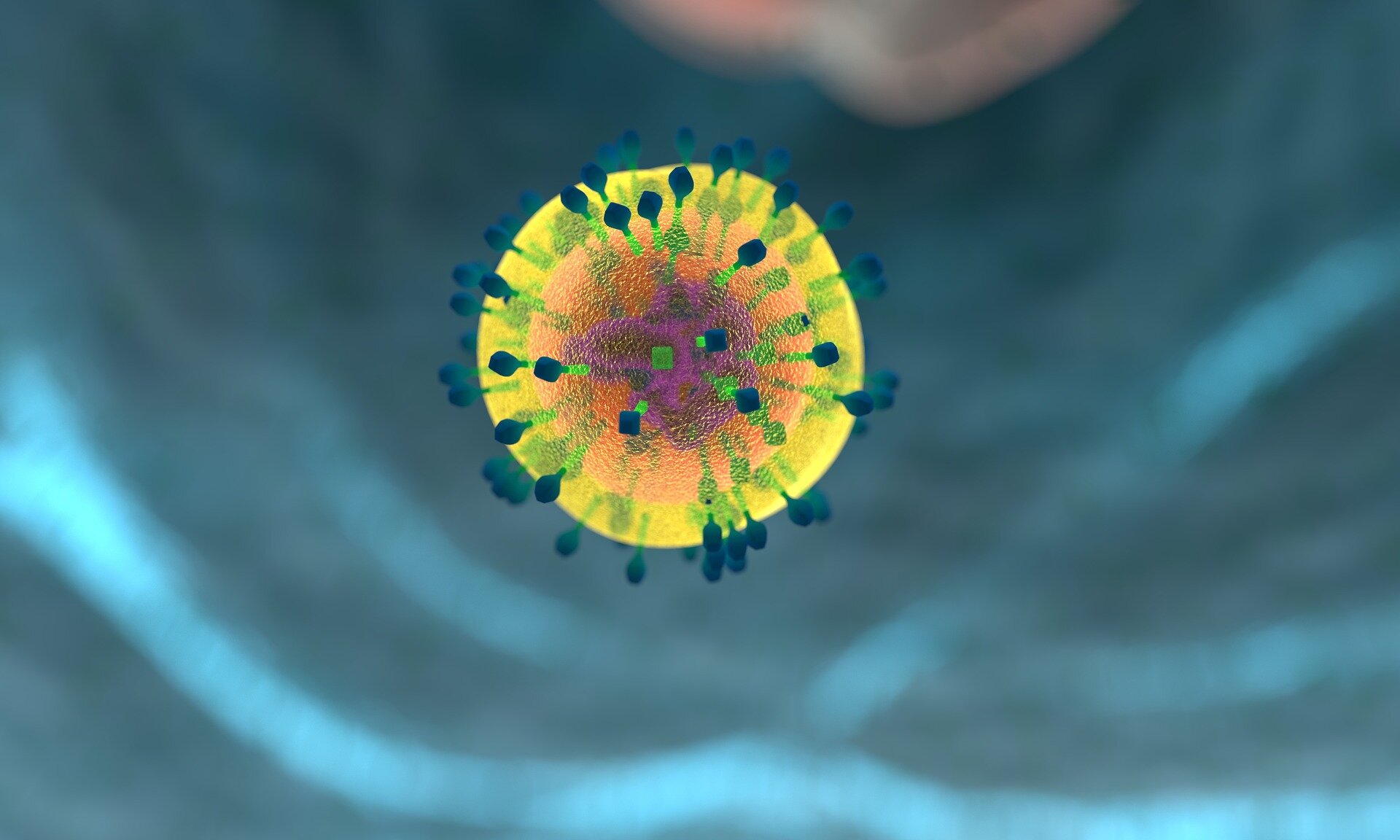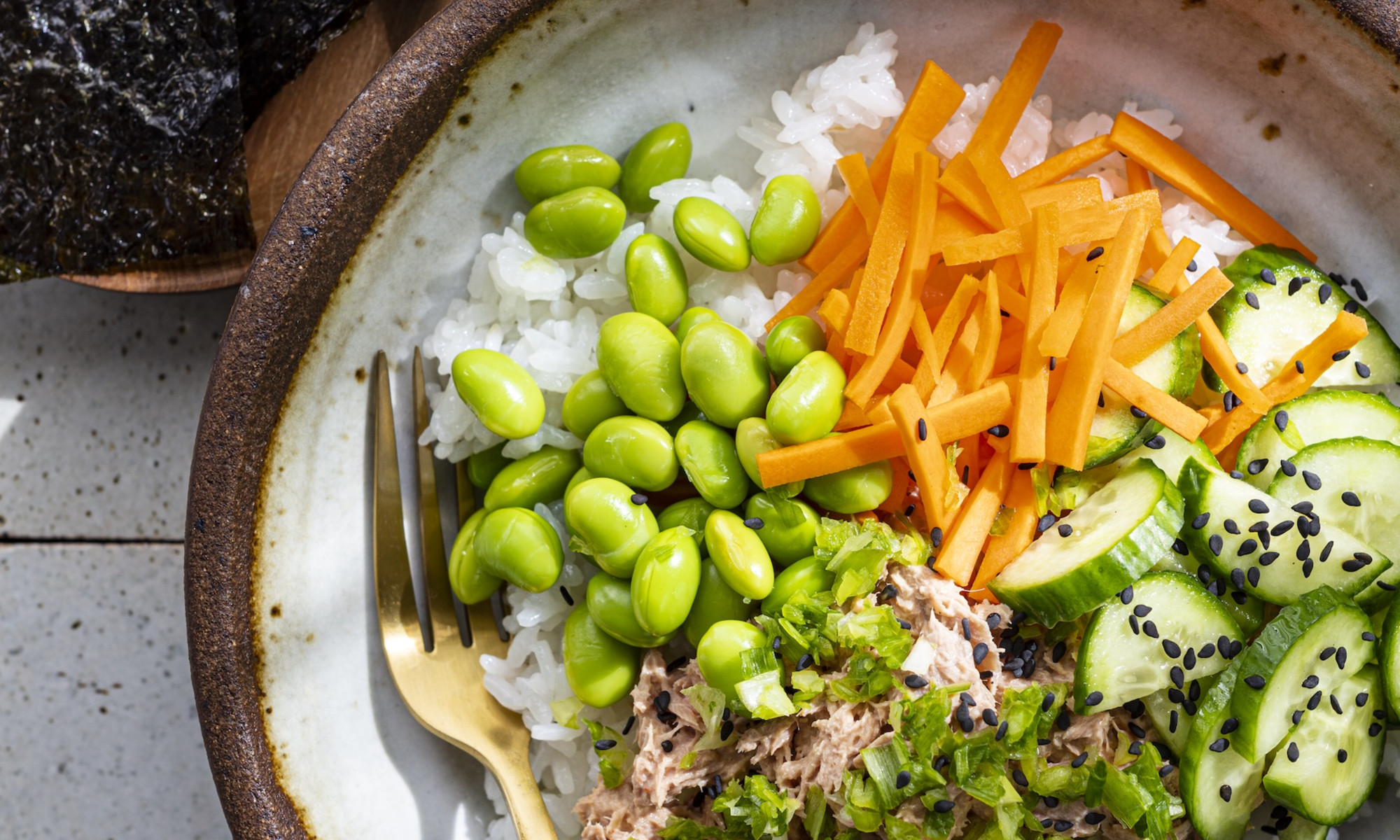A brand new examine primarily based on outcomes seen at European intensive care models (ICUs) suggests greater isn’t higher in the case of targets for supplemental oxygenation ranges for COVID-19 sufferers experiencing low oxygen, or hypoxia.
The examine is revealed right this moment in JAMA, and checked out Pao2, the partial strain of oxygen within the arterial blood, at supplemental ranges of 60 and 90 millimeters of mercury (mm Hg), with the principle outcomes being variety of days alive with out life assist.
Decrease threat of dying in lower-oxygen group
The examine included 726 adults with COVID-19 receiving at the least 10 liters per minute (L/min) of oxygen or mechanical air flow in 11 ICUs in Europe from August 2020 to March 2023. ICUs in Denmark, Switzerland, Norway, Iceland, and Wales participated within the trial.
Hypoxemic respiratory failure was outlined as necessitating supplemental oxygen of at the least 10 L/min in an open system or mechanical ventilatory assist.
Sufferers have been randomized 1:1 to obtain both 60 mm Hg (lower-oxygenation group, 365) or 90 mm Hg (higher-oxygenation group, 361) and adopted for 90 days. Oxygen ranges have been measured through arterial traces, which have been place on all sufferers.
Sixty-eight p.c of sufferers have been males, and common affected person age was 66 years.
At 90 days, the median time alive with out life assist was 80.0 days within the lower-oxygenation group and 72.0 days within the higher-oxygenation group. Dying price at 90 days was 30.2% within the lower-oxygenation group and 34.7% within the higher-oxygenation group (threat ratio, 0.86; 98.6% confidence interval, 0.66 to 1.13).
“The current end result was hypothesized to happen attributable to extra days alive with out mechanical air flow within the decrease oxygenation group vs the upper oxygenation group,” the authors wrote.
Excessive oxygen might remedy 1 downside, trigger others
In an editorial on the examine, Richard M. Schwartzstein, MD, of Harvard Medical College, writes that the less-is-more findings could possibly be defined by plenty of elements. Extra sufferers within the high-target group may have been intubated and began on mechanical air flow as a result of physicians couldn’t obtain the goal with noninvasive air flow.
“The commentary that initiation of mechanical air flow to realize a excessive goal Pao2 might have occurred is much less a failing of the examine design than a consequence of utilizing a excessive Pao2 goal,” Schwartzstein writes.
The commentary that initiation of mechanical air flow to realize a excessive goal Pao2 might have occurred is much less a failing of the examine design than a consequence of utilizing a excessive Pao2 goal.
Schwartzstein additionally suggests that top oxygen targets assist sufferers in some methods, however may additionally trigger irritation, bronchial epithelial harm, and disruption of mitochondrial respiration in ICU sufferers.
He writes that the examine “is yet another piece in a rising assortment of proof suggesting that there is no such thing as a medical profit and probably hurt related to use of supplemental oxygen to realize oxygen saturation of the blood past 90% to 93%.”







